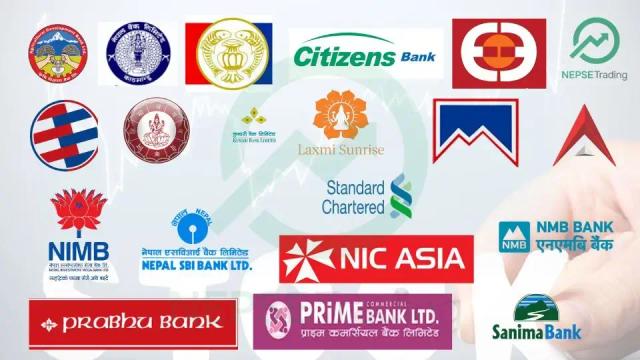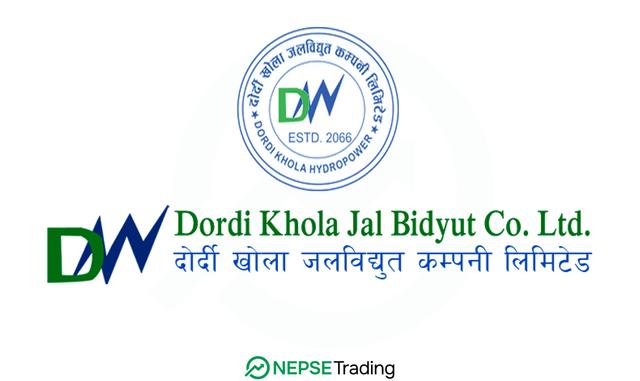Consumer Price Index Shows Controlled Inflation, Gradual Price Increase Observed
Author
NEPSE TRADING

Kathmandu — The latest Consumer Price Index (CPI) data released by Nepal Rastra Bank suggests that inflation in the country remains under control. Based on the newly adopted base year 2023/24 = 100, the data indicates price stability across consumer goods and services, with a modest rise in overall inflation levels.

As of mid-May/June 2025 (11th month of FY 2024/25), the overall CPI stands at 104.47. In the same period last year, it was 101.70, and two years ago, it was 97.63. This shows a two-year increase of 4.17%, with a 2.72% rise over the past one year. On a month-to-month basis, the CPI rose only 0.28% from April/May to May/June 2025 — a sign of minimal inflationary pressure.
The food and beverages category, which carries a significant weight of 35.49% in the overall index, has shown notable changes. The index rose sharply from 96.74 in 2022/23 to 102.40 in 2023/24, reflecting a 5.85% annual increase. However, the growth slowed significantly this year, with the index reaching only 102.95 — a mere 0.54% rise. The month-on-month increase was even lower, at just 0.06%.
The stability in food prices is a positive sign for consumers. This could be the result of improved domestic harvests, lower global import prices, and balanced market demand. After the sharp increase seen last year, the current figures suggest normalization in food inflation.
The CPI trends indicate that inflation is broadly under control. The month-on-month increases — 0.32% last year and 0.28% this year — reflect a low risk of sudden inflation spikes. This provides policy flexibility for the Nepal Rastra Bank to adopt more growth-oriented strategies if necessary.
However, the 2.72% year-on-year increase still signals a need for caution. Any potential global price hikes in oil, food, or raw materials could spill over into the domestic economy and increase cost pressures in the coming months.
In conclusion, while the current inflation trend remains manageable, continued vigilance is essential. Policymakers should remain watchful to maintain market stability, and the central bank must ensure that inflation remains within acceptable limits while supporting sustainable economic recovery.



